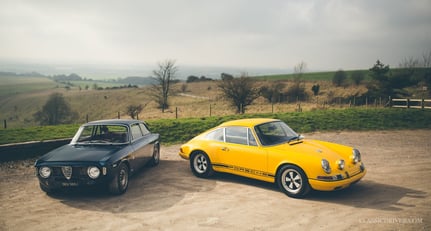Wolves in sheeps' clothing
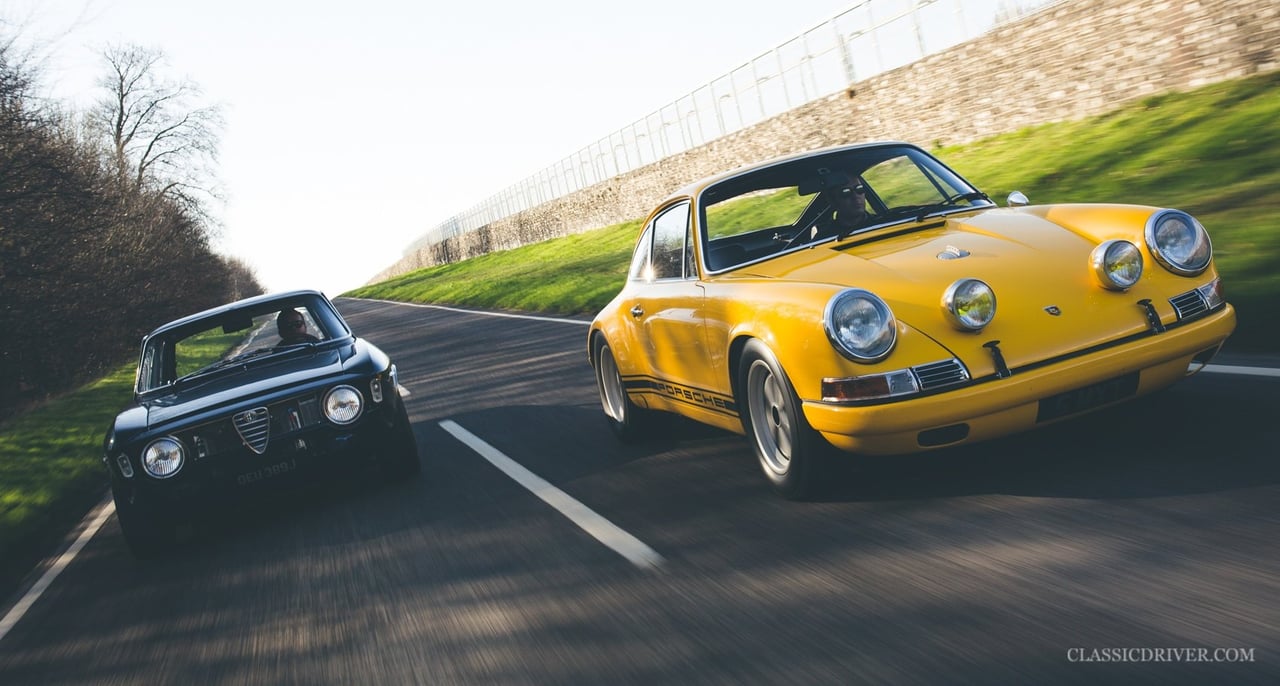

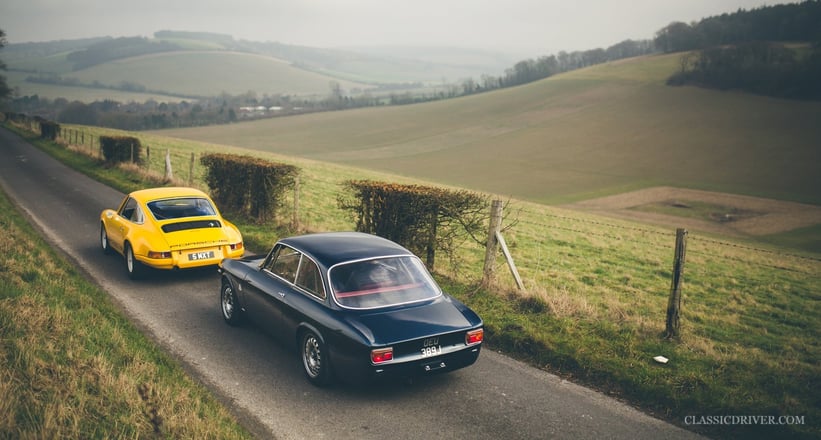
While enthusiasts have been modifying their cars for decades, in recent years we’ve seen this practice move from the sheds and driveways of grassroots hobbyists to the state-of-the-art, clinically clean workshops of marque experts. Spearheaded by the renowned 911 ‘re-imaginers’ at Singer Vehicle Design, who brought the modified classic from the cliqued conversations of collectors to the pages of Top Gear and the bedroom walls of a whole new generation, the notion of restoring and modifying your classic to create something remarkable is now hugely in vogue. For those who’re still unsure, or wholeheartedly believe in the sanctity of originality, we gathered two of the finest examples in the field on the sun-dappled country roads of Chichester to make the case for the upgraded über-classic.
10/10 911


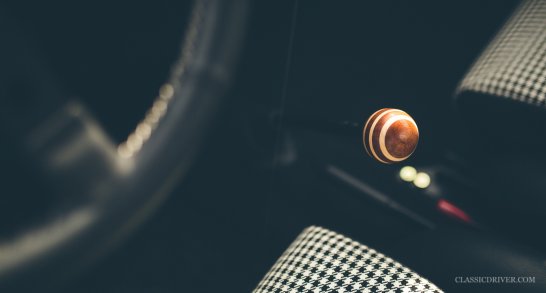
What separates a top-quality, expert-built restomod from a mere modified car is the minute details, which culminate to form a compelling package. Take this 1971 Porsche 911, which started life as a standard 911T 2.2 – the stance, with swelling ST specification arches (all steel, of course) hunkered down over the perfect Fuchs wheel and Michelin tyre combination, immediately makes it clear that this is something special, even when stationary. While the Signal Yellow bodywork only alludes to its latent aggression, a turn of the key smashes any thoughts of this being ‘just another 911’. The biblical eruption from the now 2.3-litre engine breathing through the racing headers and twin tube racing muffler echoes off the tall buildings of Knightsbridge, and it’s truly reminiscent of the thunderous idles of racing legends.
Devil in the details
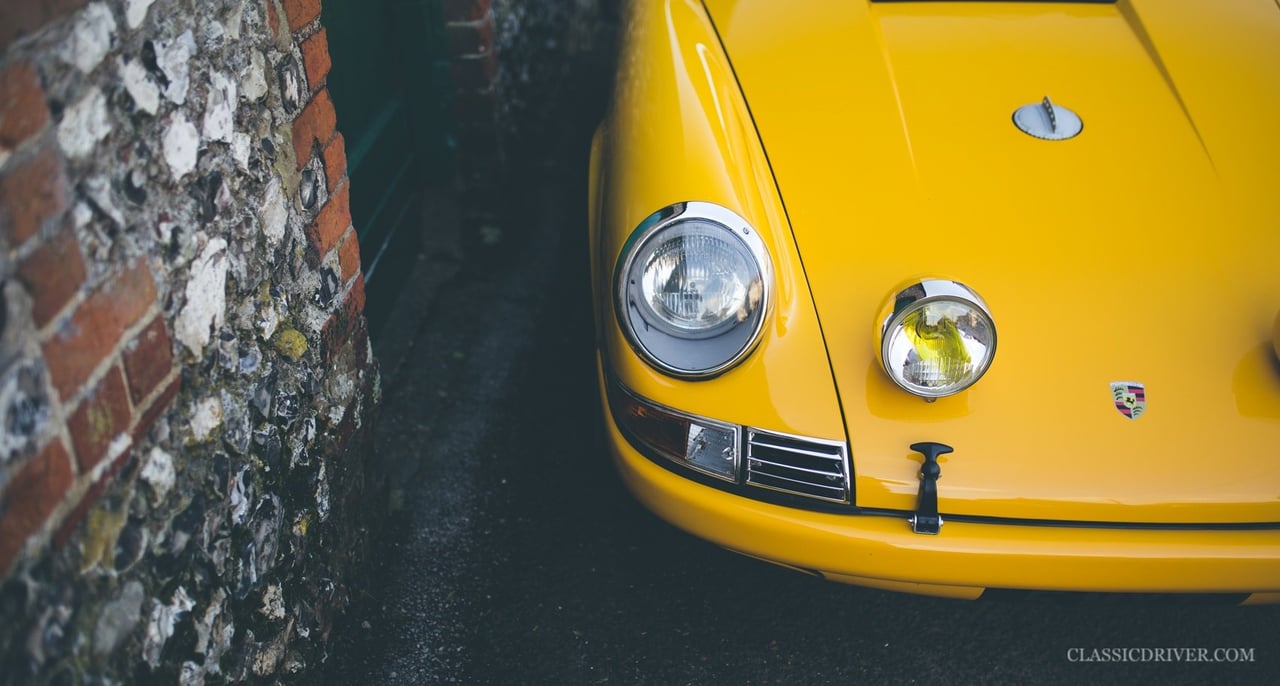
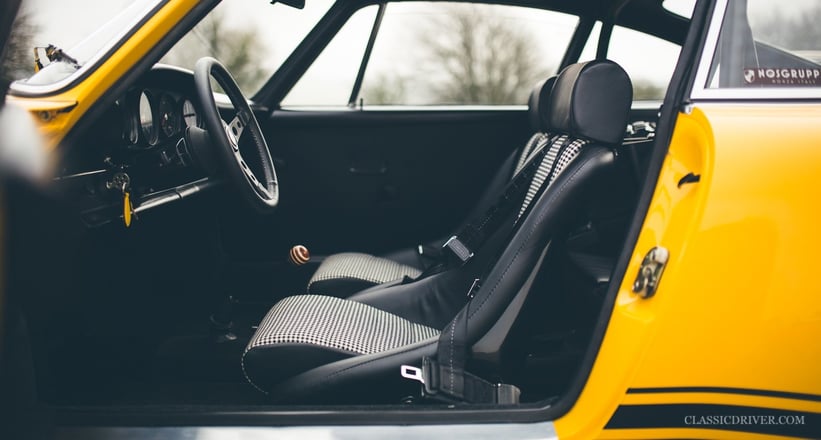
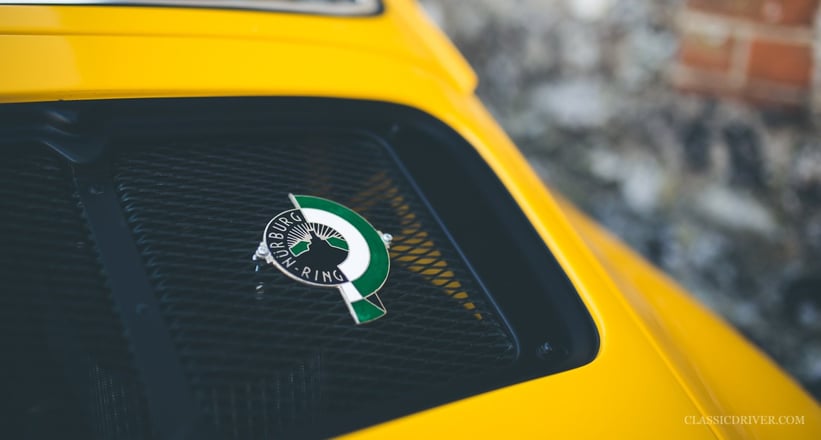
Built by Italian specialists Nosgruppe, with final tweaks by Historika, the car is essentially a Porsche greatest hits album, with cherry-picked cues from the brand’s illustrious back-catalogue, creating the ultimate car to fulfil the owner’s needs. From the 917-style wooden gear knob and drilled ignition key to the period Schroth Rallye harnesses draped over the houndstooth bucket seats, the interior is a lesson in ‘less is more’, and it is exceptionally finished to a standard far beyond expectation, only enhancing the car’s character, rather than destroying it. On twisting roads, the diligently dialed-in suspension and fat rubber come into their own, endowing the car with breath-taking composure and competency that, combined with the soul-stirring soundtrack, has you questioning not only how this can be possible but also why you would ever contemplate owning an original classic…
(Alfa) Romeo and Juliet
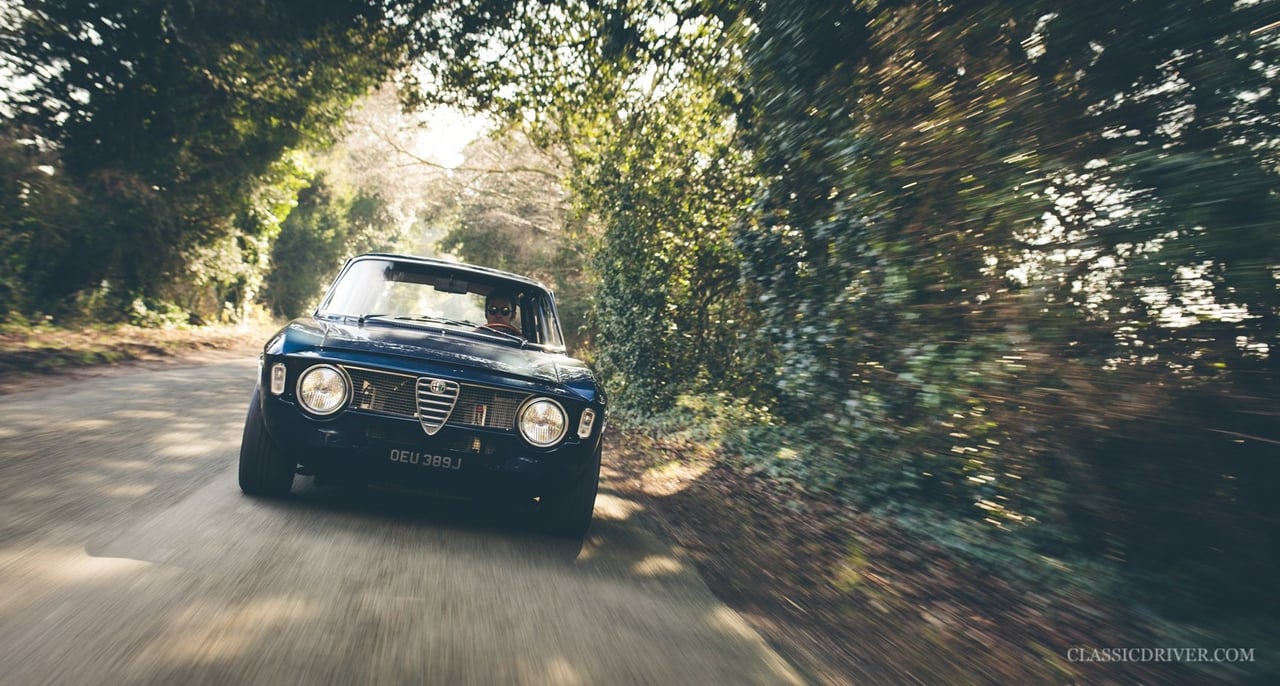

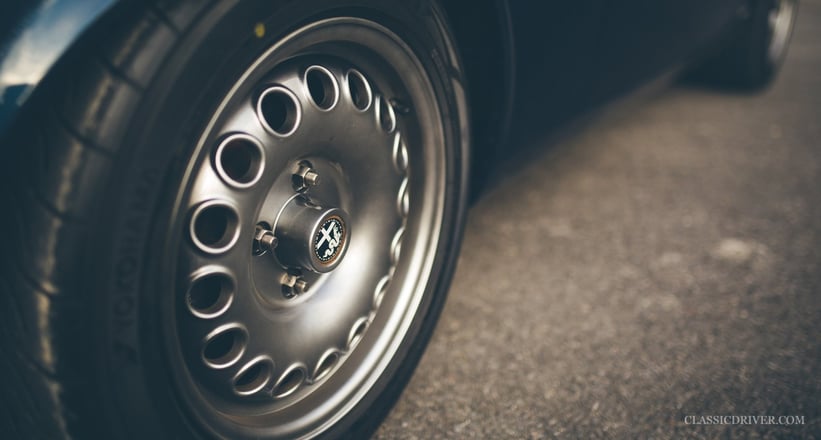
The second car in our dream restomod pairing is dubbed the ‘GTA-R 009’, the highest specification machine to leave the Bristol-based laboratory of Alfa authority Alfaholics. As with the 911, one could spend all day outlining the specification, but two figures stand head and shoulders above the rest: a kerb weight of just over 800kg and a power output of 216bhp. Starting with a 1970 Alfa Romeo GT Junior Step Front, the quest for weight saving saw the car clothed in a full aluminium body, with the beautiful engine bay housing a tuned Monza Twinspark unit, enclosed by a carbon-fibre bonnet attached by drilled hinges — themselves a gorgeous feature.
Elevated elegance
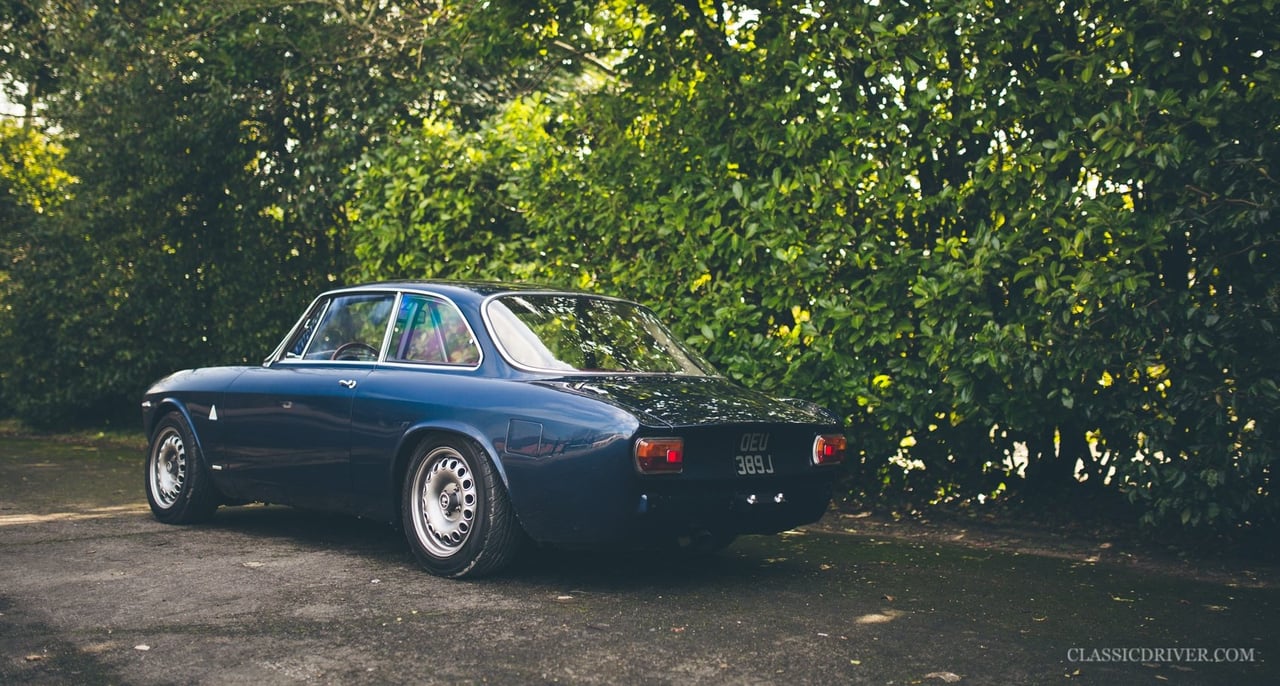
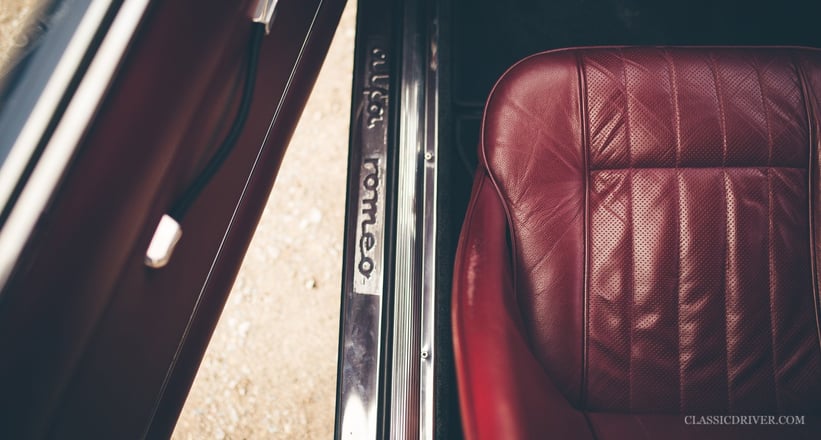
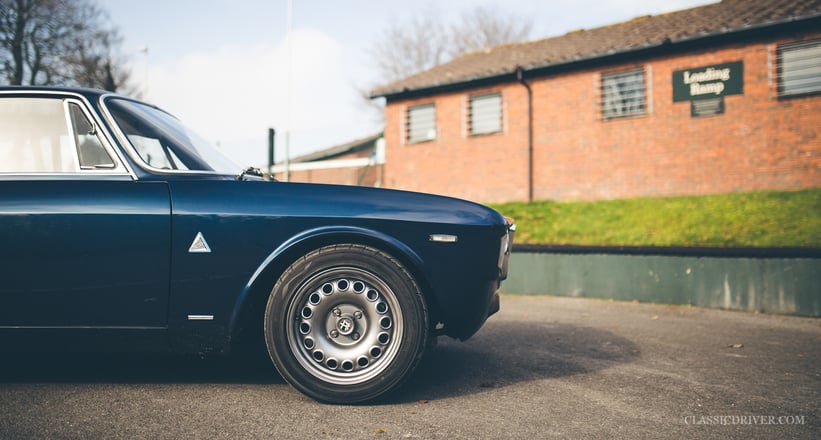
The cockpit is quintessentially Italian: the glorious deep-red leather and delicate componentry integrated seamlessly with modern amenities, including a billet aluminium pedal box and air conditioning. Compared to the grown-up 911, the Alfa is an excitable puppy, desperate to wag its tail and cause mischief — an infinitely controllable activity thanks to extensive suspension upgrades and power steering, the owner reports while showing an image of the little Alfa at an unholy angle at Silverstone. What the GTA-R shares with the 911, however, is an incredible sense of charisma and character. The upgrades and modifications only bolster the essence of these cars and bring their individual characteristics to the fore.
Two’s company
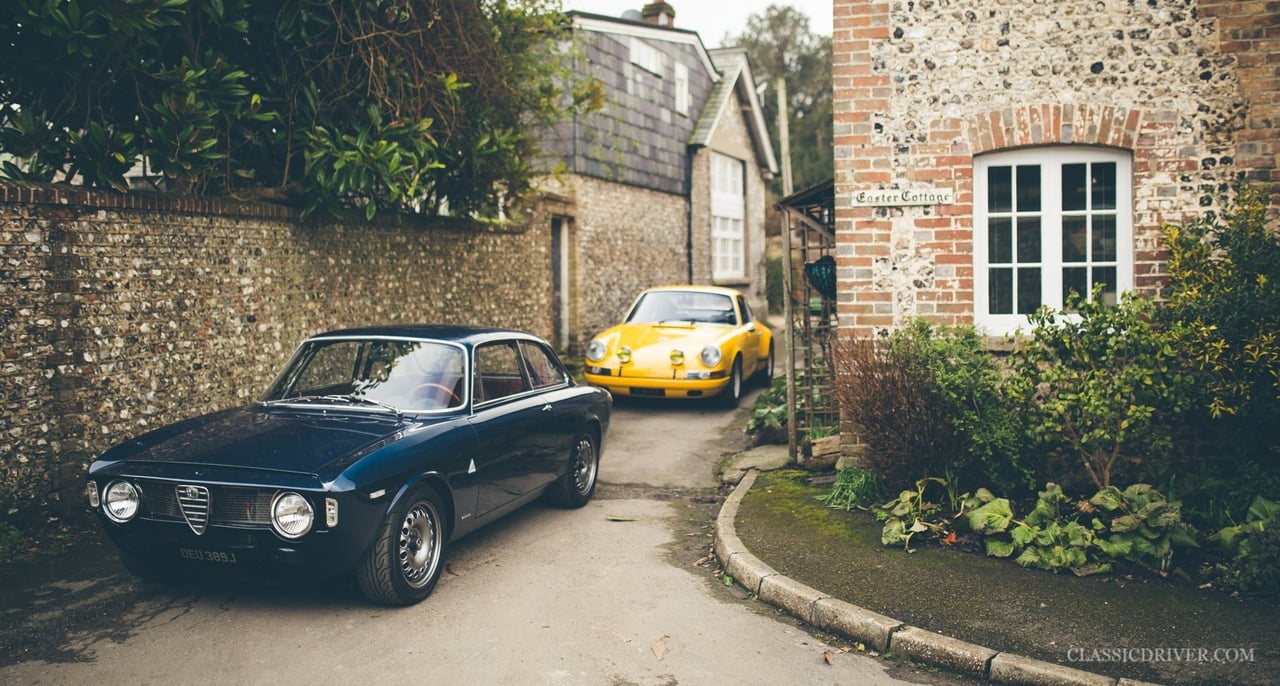
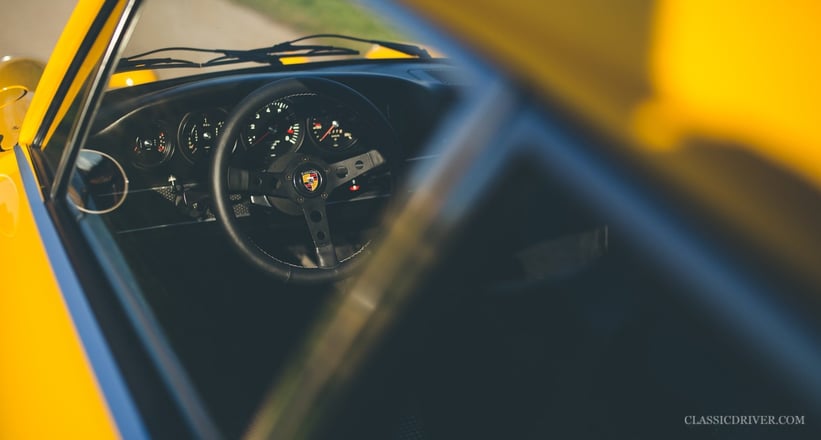
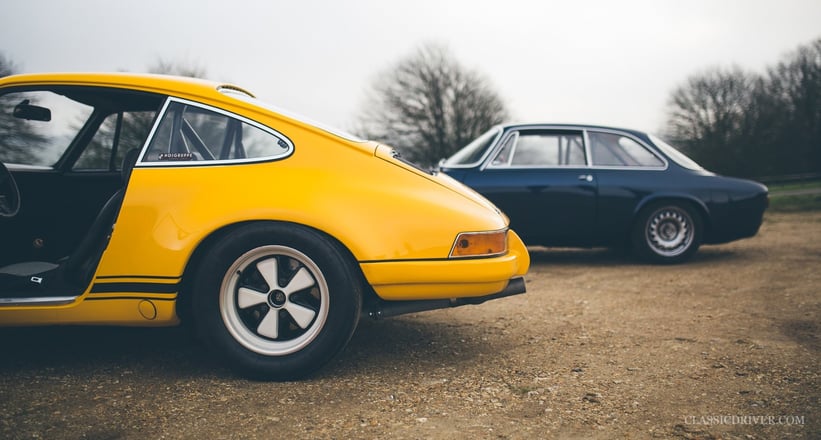
But what does the rising popularity of restomods say of the state of the classic car world? For established marque specialists, customers are now coming to them for their special formula they have created from countless years of experience with their respective manufacturers. “We’ve been restoring these cars for 35 years, and coming from a background of working on historically significant GTAs, we fundamentally know what makes the character of these cars and how to enhance the car’s special qualities whilst still preserving that all-important character”, comments Max Banks of Alfaholics. Nick Morfett of Historika has seen an increase in interest from modern supercar owners looking for something more: “When you own a supercar, you can only do so much with it on the road, and owners are looking for the increased engagement you get with classics”, he explains. “These upgraded cars are built to be used and owners aren’t afraid to. And what’s more, nobody can tell you what you’re doing is wrong, because you’re doing your own thing.” The owner of these two cars is a great case in point — from a stable of ultra-desirable modern supercars and classic icons, these tuned-up tearaways still get his heart racing and are always top of the list for a weekend blast…
Photos: Tom Shaxson for Classic Driver © 2017
